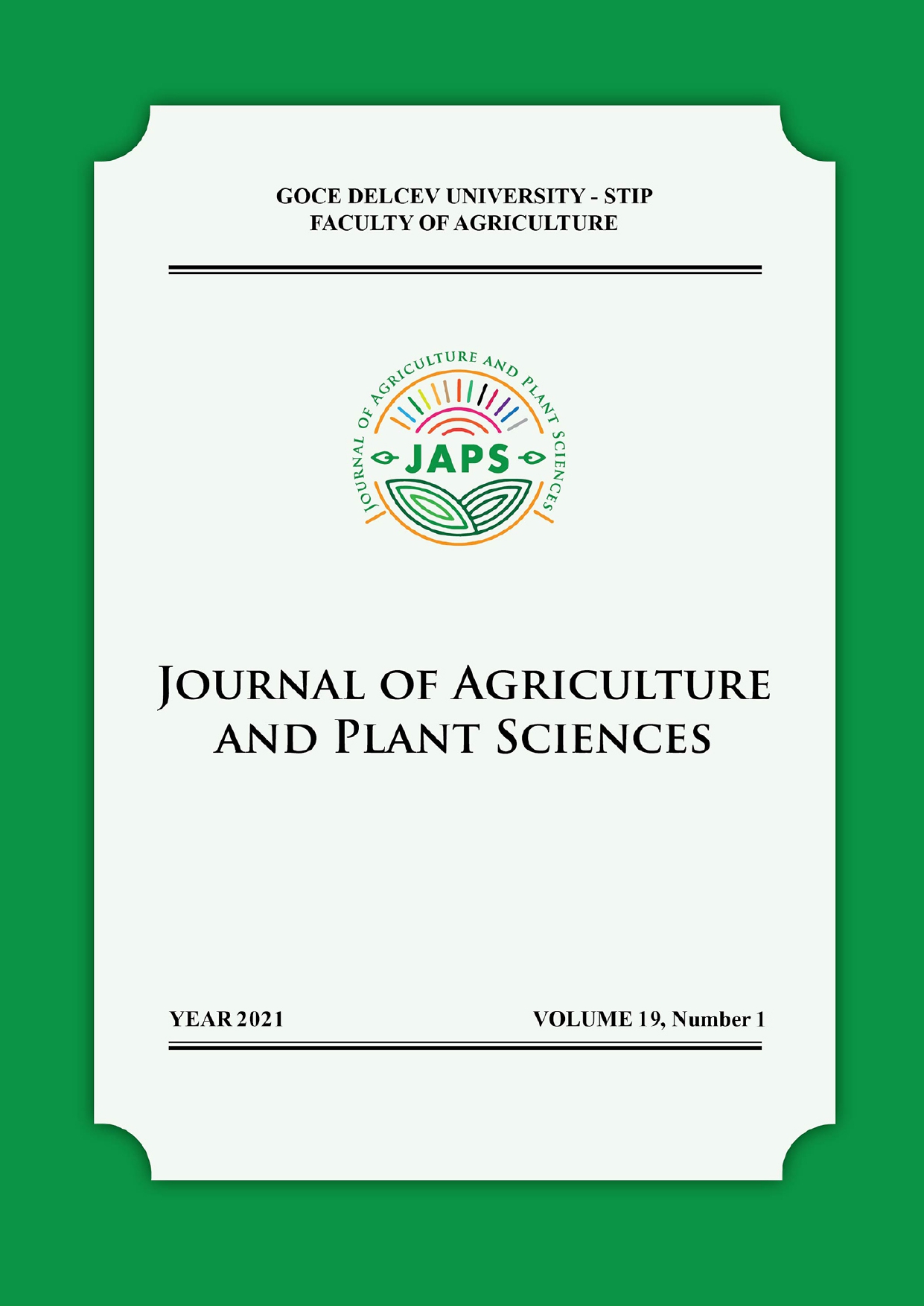QUALITATIVE FEATURES OF OATS GROWN IN CONDITION OF ORGANIC PRODUCTION
DOI:
https://doi.org/10.46763/JAPS211910024sAbstract
The research was conducted in 2015 and 2016, at 11 oats genotypes in terms of organic production. Three of the populations were domestic: Krivogashtani, Trebenishta and Kuchevishte. The rest were introduced varieties, including Rajac, Slavuj and Lovcen from Serbia and Kupa, Baranja, Explorer, Shampionka and Istra from Croatia.
On average, for both years, the variety Shampionka had the highest protein content (14.80%), which indicates that the grain has a high nutritional value. There is a statistically significant difference between the examined genotypes. The percentage of fat in oats, grown organically, in both years of research is statistically different at different genotypes. On average, in both years of research, the fat content ranged from 2.31% in the populationTrebenishta, up to 4.47% in the population of Krivogashtani. The variety Baranja is with the highest ash content in the grains (4,35%) in average, for the period of research. In the same group a, is ranked variety Shampionka, with 4.30%. Between genotypes there is a statistically significant difference. For the period 2015-2016, all examined genotypes belong to group a, that is, all varieties and populations contain high cellulose content. A statistically significant difference between varieties and populations was established. Analysis of variance for the quality of oats grain shows that the content of protein, fat and ash values are relatively constant in the years of the research. The conditions in the years of research had a weaker effect on the genotype. The strength of the genotype is 65.06%, 67.06% and 72.04%, respectively. The three properties are influenced by the interaction between the genotype and the conditions of the year.
Downloads
Published
Issue
Section
License
The intellectual property and copyright on the original content of all scientific contributions in the published paper shall remain with the authors. Authors give permission to the JAPS owner to publish the paper. All authors agree to publish the paper under Attribution-NonCommercial-NoDerivatives 4.0 International license (CC BY-NC-ND 4.0).

